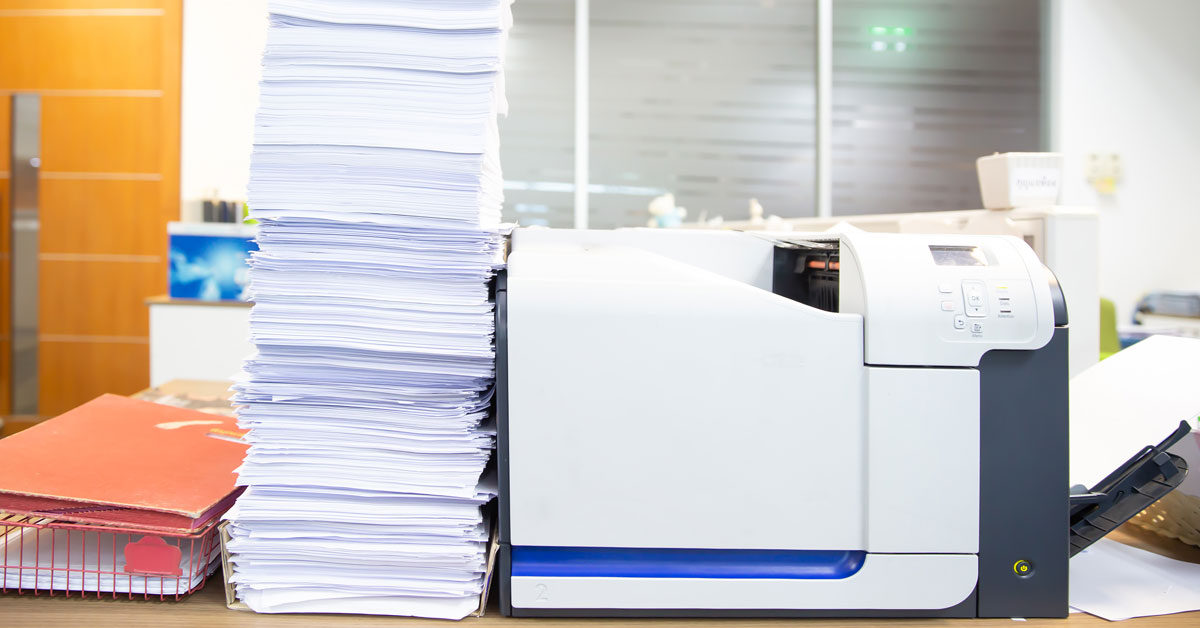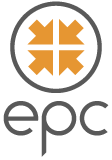Outsourced versus on-site document scanning

Examine the pros and cons of outsourced vs on site document scanning and discover which one is best in 2025.
While many organisations are embracing digital transformation and automating business processes with workflow automation software, others are adopting a paper-light approach by scanning paper documents and converting them into digital formats to eliminate repetitive and laborious manual data entry.
With document scanning, organisations have two main options – set up an in-house operation with your own scanning equipment and staff or outsource scanning to a specialist third-party company.
In this blog, we consider outsourced vs on site document scanning, examine the pros and cons of each option, and ask which one is best in 2025.
Outsourced document scanning
How it works?
Outsourced scanning sees the scanning bureau (or courier) collect your documents from your offices and transport them back to their scanning facility.
Once they have arrived, staff scan paper records with the data extracted and converted into machine-encoded text using intelligent character recognition (ICR), optical mark recognition (OMR), and optical character recognition (OCR) technology. Verified data is exported to third-party document management systems (DMS), records management systems (RMS), or common formats (e.g. Excel, CSV, XML or SPSS).
Advantages of outsourced scanning
- Scalability – scanning bureaus often have the resources to scale up operations to handle large projects quickly, ensuring faster turnaround times compared to in-house efforts
- Compliance - document scanning companies will know about, and meet data security standards and best practises, offering peace of mind your paper records will be safe
- Save time – outsourcing scanning has minimal demand on internal resources and allows your staff to focus on more productive, valued-add tasks
- No learning curve – employees have no new software to learn
- Reduced CapEx – capital expenditure is minimised with costs being OpEx instead
Disadvantages of outsourcing document scanning
- Ongoing costs – utilising a scanning bureau will often be a higher cost than operating your own system, especially over a longer term. If you are dealing with a significant amount of paper, paying a third party to transport and store it can become costly.
- Loss of control – you have no control once documents leave your premises
- Data security - there is a risk of losing paper files when transporting them off-site to an external provider as well as unauthorised access to sensitive information.
Best practices for outsourced scanning
- Select the best vendor – approach three suppliers to quote, review similar projects, and speak to references
- Gather requirements – consult with key stakeholders to discuss project deliverables
- Arrange a small pilot test - start with a small-scale pilot project to evaluate the vendor and identify potential issues before going live. An example of this approach is FSCE, an exam board delivering 11 plus entrance tests, who asked ePC to deliver a pilot scheme for their client Reading School. During the test, the entrance test was filled in with dummy candidate data and scanned with the results exported to an Excel template. The pilot was beneficial and gave FSCE the confidence that the new sheet was more accessible, the scanners would read the mark scheme, and candidate results would be available in a more user-friendly format. The pilot also helped the school consider where issues might occur, particularly in terms of character recognition.
- Write a service level agreement (SLA) – draft an SLA to outline the end-to-end process from collection to destruction of physical records. You should include turnaround times, and QC procedures. Ask the supplier to sign the SLA before the contract commences.
Our verdict
Outsourced document scanning is the best option for organisations seeking to digitalise non-confidential paper documents that can be moved off-site.
Off-site document scanning is also a good option if you have low volumes, and/or irregular projects.
On-site document scanning
How it works?
With on-site scanning, you purchase data capture software such as TeleForm and scan documents onsite using a high-speed document scanner rather than manually transcribing data.
As you are scanning documents, the software captures and classifies pages, before extracting data using OMR, OCR, ICR, barcode, and signature recognition technology. Next, a brief manual process is required to verify poor handwriting, invalid data, or incorrect entries. The software will show bad data to users in a high-speed interface.
Once verified, you can export data and digital images to common formats (e.g., Excel, SPSS etc.) or databases.
The data capture software is designed to be high-speed and efficient, but the overall scanning process will always require some level of human supervision and management from your staff.
Advantages of on-site scanning
- Complete control - onsite document scanning gives you total control of the process with confidential documents and data remaining onsite. This eliminates the risks of data breaches or lost documents in transit
- More flexibility – you can amend the system e.g., templates, rules, and scanning settings more dynamically to suit changes to your business
- Cost effective - a fully operational system, training, and a high-speed scanner is available for around £10,000. The upfront cost may initially be higher, but the TCO will be lower when compared to outsourcing document scanning over several years
Disadvantages of on-site document scanning
- Cost – associated with software, hardware (scanners and servers), and staffing. You should also budget for training and ongoing software/hardware support
- Resource intensive – scanning in-house is labour-intensive and requires staff to manage the day-to-day process
- Learning curve – staff will need to have a satisfactory level of technical expertise to use the scanning software and hardware
Best practices for on-site scanning
- Define responsibility – select an individual, or small team, to be responsible for overseeing the entire process; this ensures things don’t fall between areas
- Secure a space – In order to maintain good procedures and avoid mix-ups, ensure there is plenty of unobstructed space to handle paper, to lay things out and to maintain good order
- Get the right tools for the job – Whilst many consumer-grade scanners, or free bundled scanning software, may work, be realistic about the volumes you are capturing and ensure you have commercial-grade hardware and software designed for continual daily workloads
- Establish workflows - create procedures for document handling, scanning, exception handling, data export, archival and retrieval, and document destruction
Our verdict
This approach is suitable for organisations scanning high volumes of paper documents on an ongoing basis.
Additionally, we would recommend onsite scanning for medical records, high-stakes exams or other sensitive documents, as you relinquish control of the process with outsourcing and the risk of losing confidential data is higher.
Conclusion
There is little doubt that digitalisation is becoming more important to organisations. Each option outlined above will allow you to scan thousands of forms each day and export verified data and scanned images for archive and retrieval.
The decisive factors in your decision are likely to be concerned with the level of control you desire, the volume of documents you need to scan, and the frequency (and urgency) of your project.
Outsourcing to a scanning bureau will cede control of sensitive data but reduce the time to get up and running and is a fully managed service.
On the other hand, purchasing your scanning solutions and setting up an in-house scanning bureau allows you to retain control, minimise security risks, and tailor the operation to your requirements. It is also more cost-effective in the longer term.
However, setting up in-house scanning is time-consuming and expensive. It requires investment in software, hardware, and staff. You should consider if you have the technical expertise and resources available to manage scanning efficiently.
Are you debating whether to scan in-house or outsource document scanning? Call us on 03300 100 000 or complete this form to discuss your requirements.
